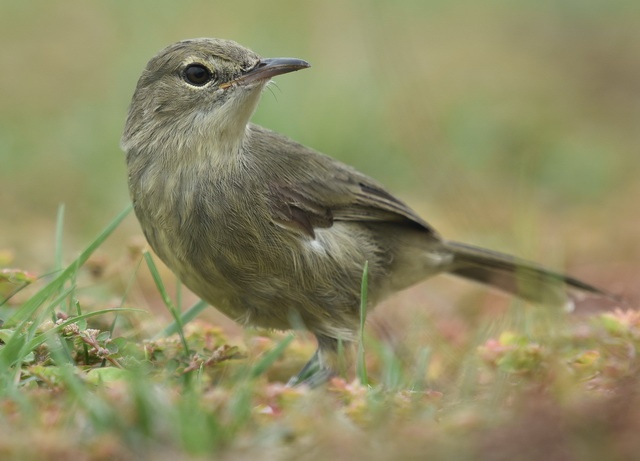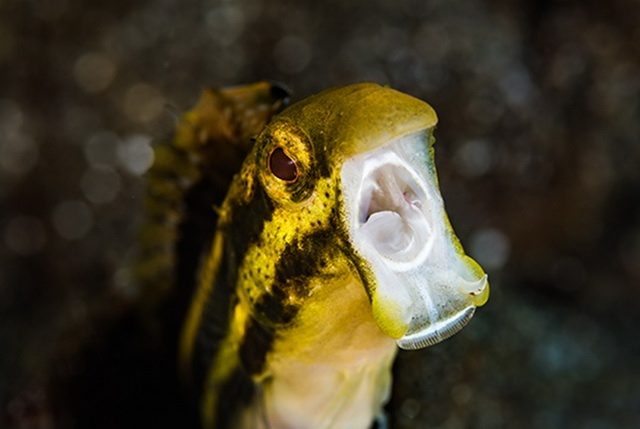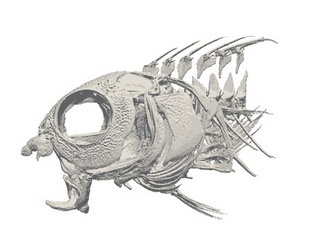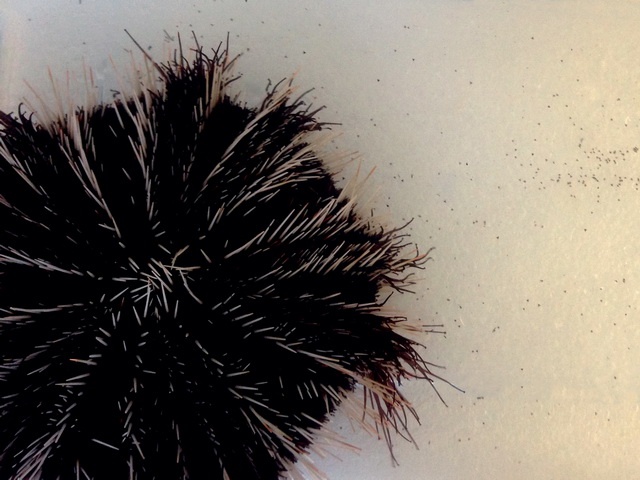Birds free entangled group members from sticky seeds
Seeds of the Pisonia tree can be dangerous for a little songbird like the Seychelles warbler: when these sticky seeds attach to its feathers, such a bird is not able to fly. Fortunately, the risk of entanglement is low, and in case of bad luck, help often arrives, as Martijn Hammers and Lyanne Brouwer observed.
Seychelles warblers lead a low-risk life on the tropical island of Cousin, belonging to the Republic of Seychelles: there are no natural enemies around that prey on the adult birds. High in the trees they safely glean insects from the leaves.
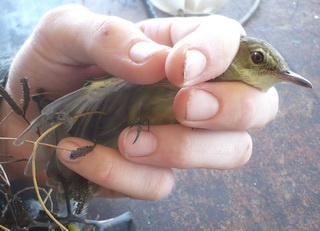 Still, they can be in trouble, Martijn Hammers and Lyanne Brouwer report. The most common tree, the Pisonia tree, produces seeds that become very sticky when they are ripe and fall to the ground. For foraging birds the risk of entanglement is low, but when they are on the ground to collect nest material – work performed by females – or to defend their territory, these seeds easily attach to their feathers; a bird may even get stuck in a cluster of seeds. That is bad luck. Just one of a few of these seeds can prevent a bird from flying, and cause it to die.
Still, they can be in trouble, Martijn Hammers and Lyanne Brouwer report. The most common tree, the Pisonia tree, produces seeds that become very sticky when they are ripe and fall to the ground. For foraging birds the risk of entanglement is low, but when they are on the ground to collect nest material – work performed by females – or to defend their territory, these seeds easily attach to their feathers; a bird may even get stuck in a cluster of seeds. That is bad luck. Just one of a few of these seeds can prevent a bird from flying, and cause it to die.
Willingness
But if the victim is lucky, help will arrive. The biologists, who observed the behaviour of the Seychelles warblers during several years, sometimes saw a bird with sticky seeds attached. And in a few cases, another bird came to remove the seeds form the victim after having heard its alarm call. The helper picked and pulled the seeds off with his beak, rescuing the unfortunate animal.
Such rescue behaviour is rare and demanding. A helpful bird must be able to perceive what is going on, know what to do to help the victim and be willing to do it, putting itself at risk of becoming entangled as well. The helper is not just a random conspecific: in each case observed, it belonged to the victim’s family group. Often one or more grown-up young stay with their parents; also, a mother or grandmothermay join a breeding couple. In such cases, a family group lives in a territory, and relatives may help to rear the young. A rescue operation means that the family group remains intact and no help is lost.
Sea birds
The sticky Pisonia seeds do have a function. If they stick to a small songbird like the Seychelles warbler, the tree gains nothing. But more often, the seeds become attached to sea birds visiting the island. They have no difficulty flying – and take the seeds to another island. The tree has its seeds dispersed.
Willy van Strien
Photos: © Martijn Hammers
Source:
Hammers, M. & L. Brouwer, 2017. Rescue behaviour in a social bird: removal of sticky ‘bird-catcher tree’ seeds by group members. Behaviour 154: 403-411. Doi:10.1163/1568539X-00003428
